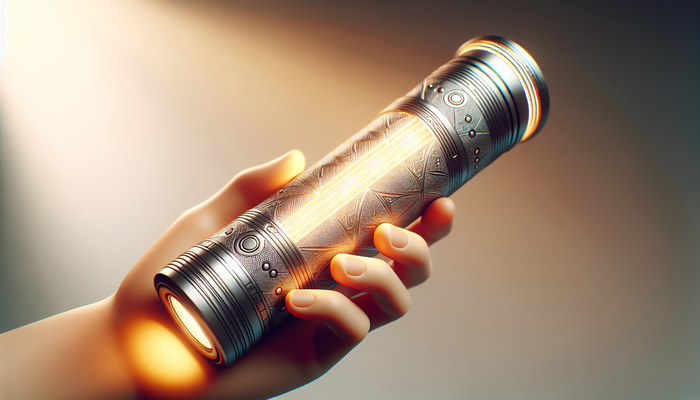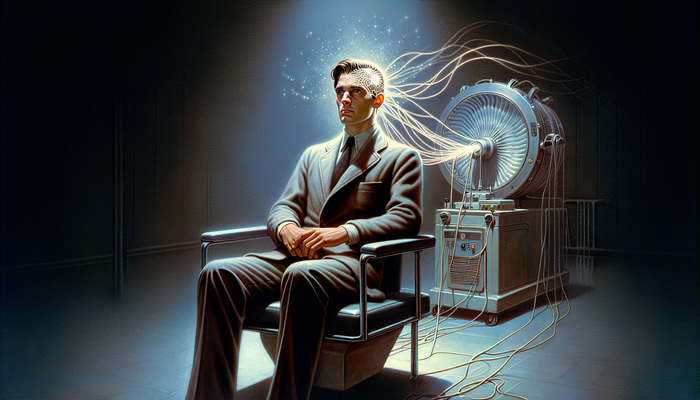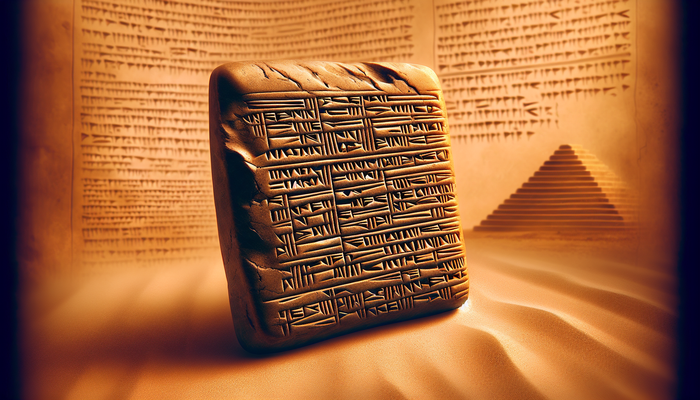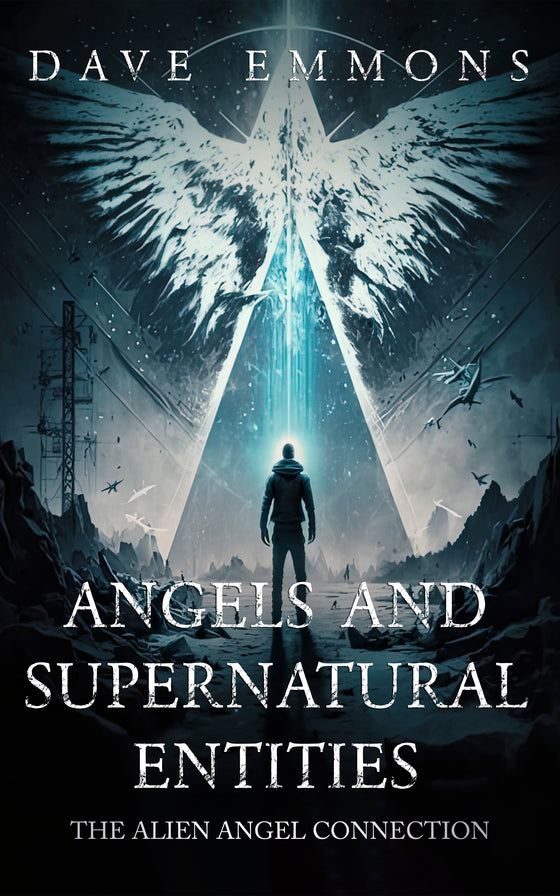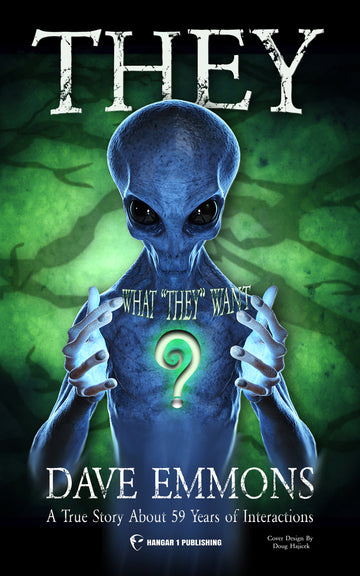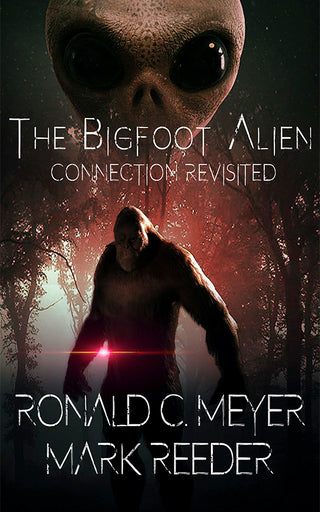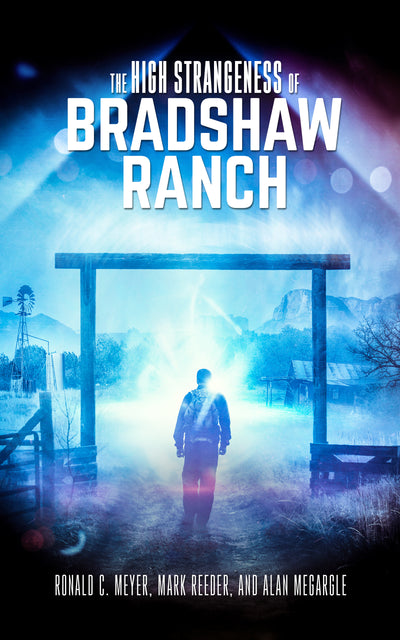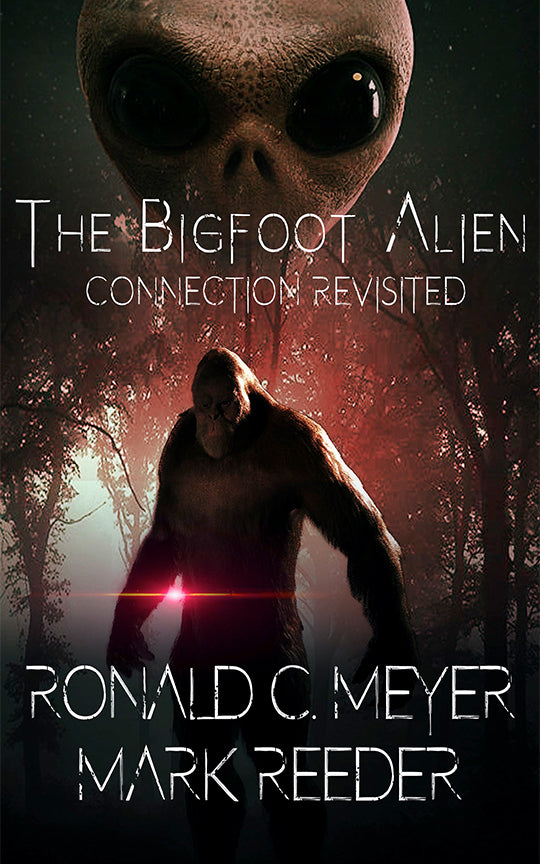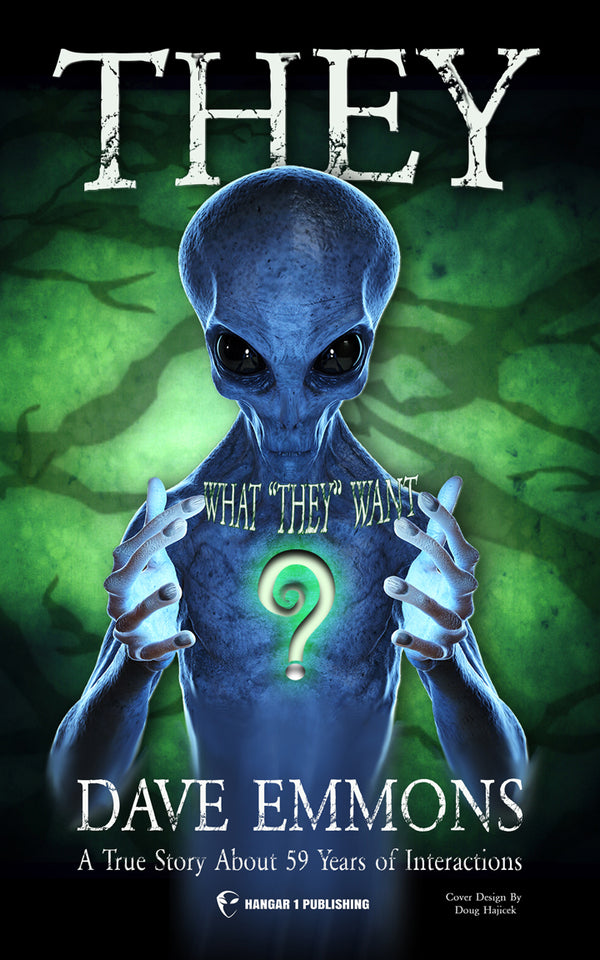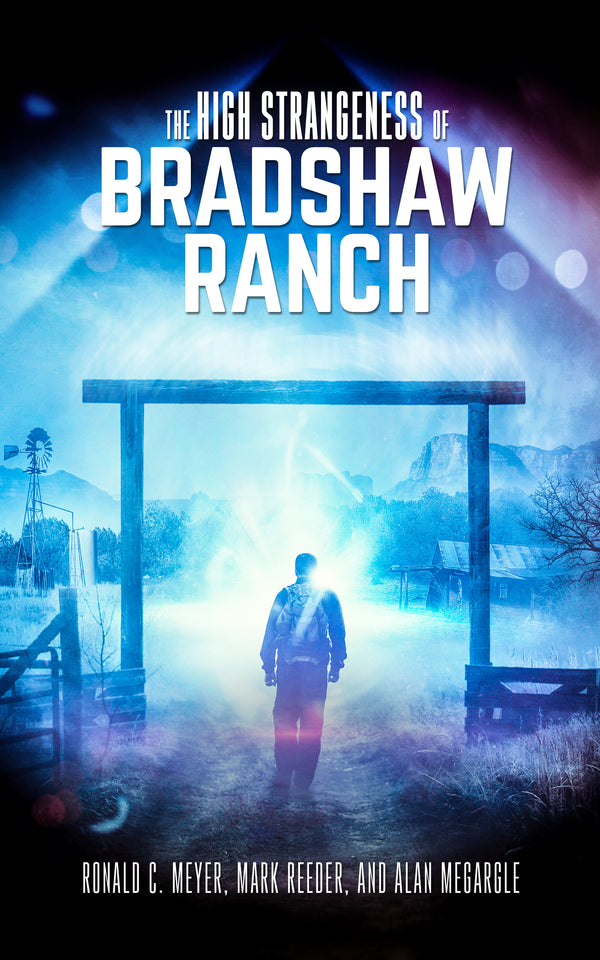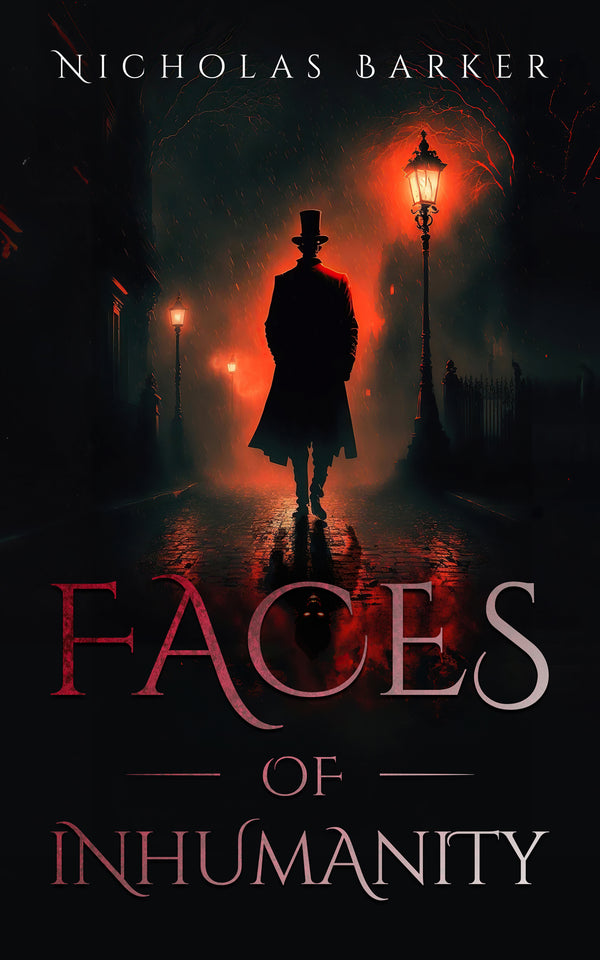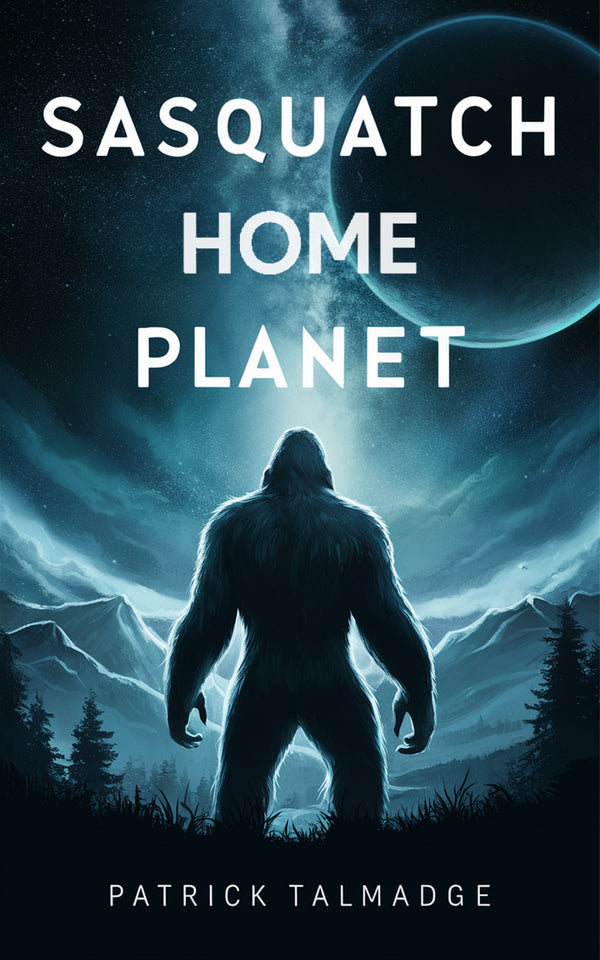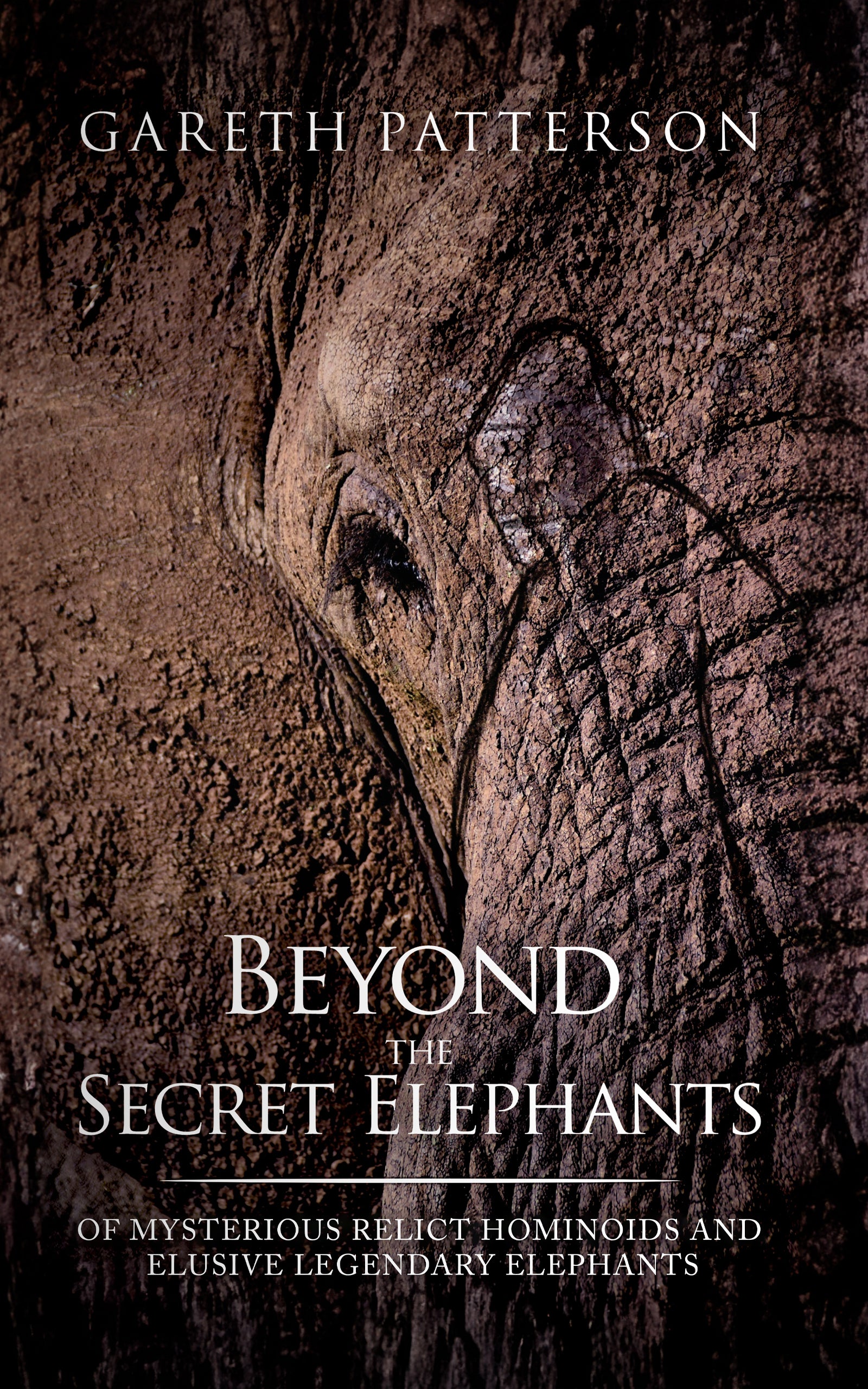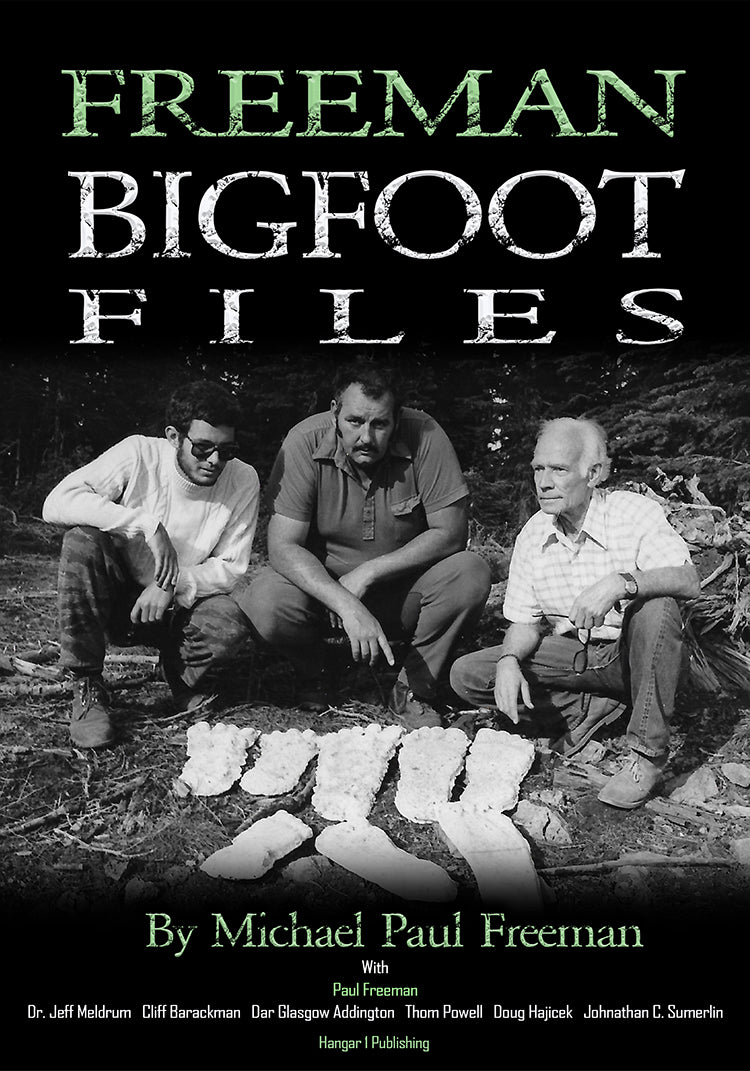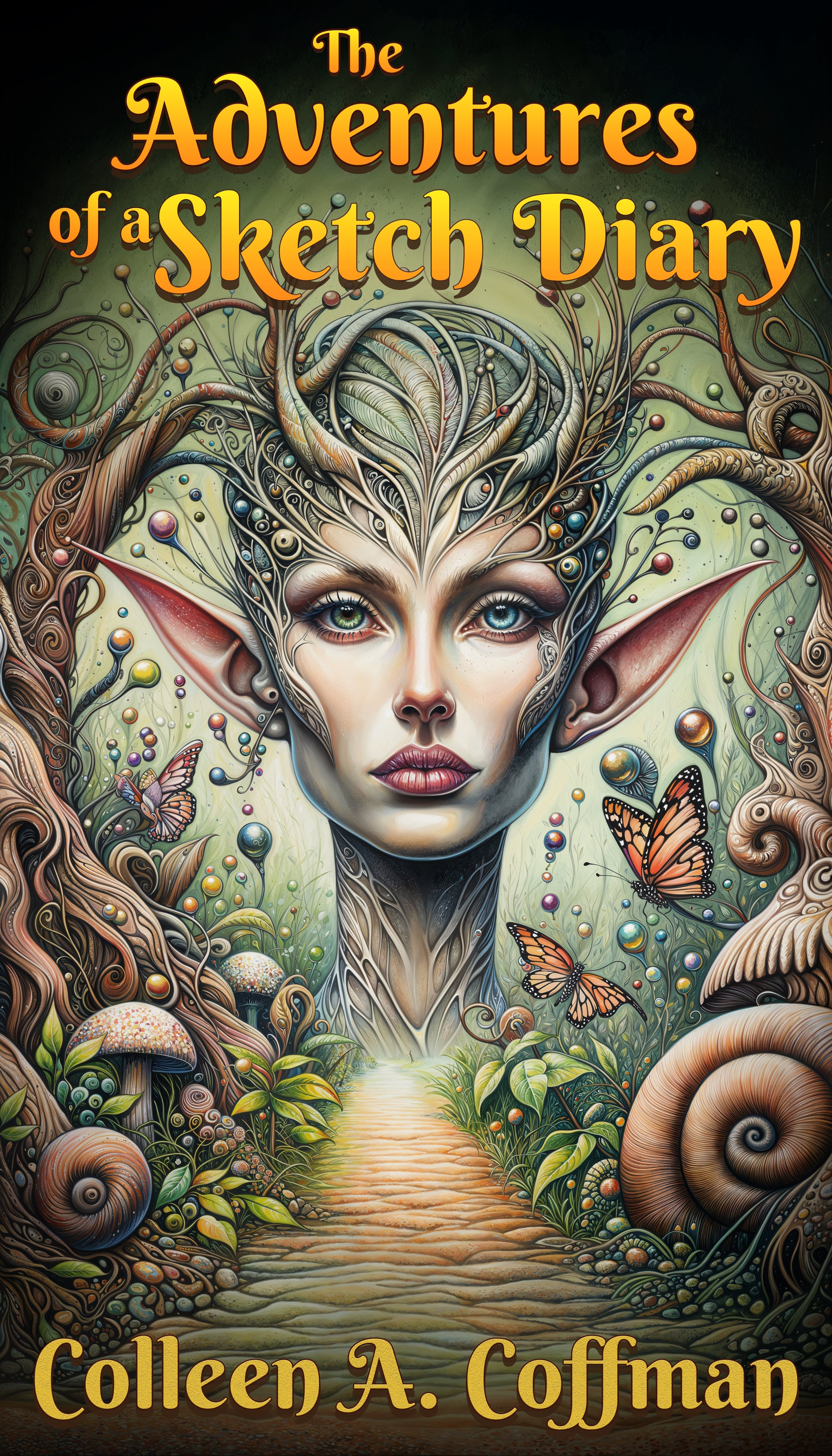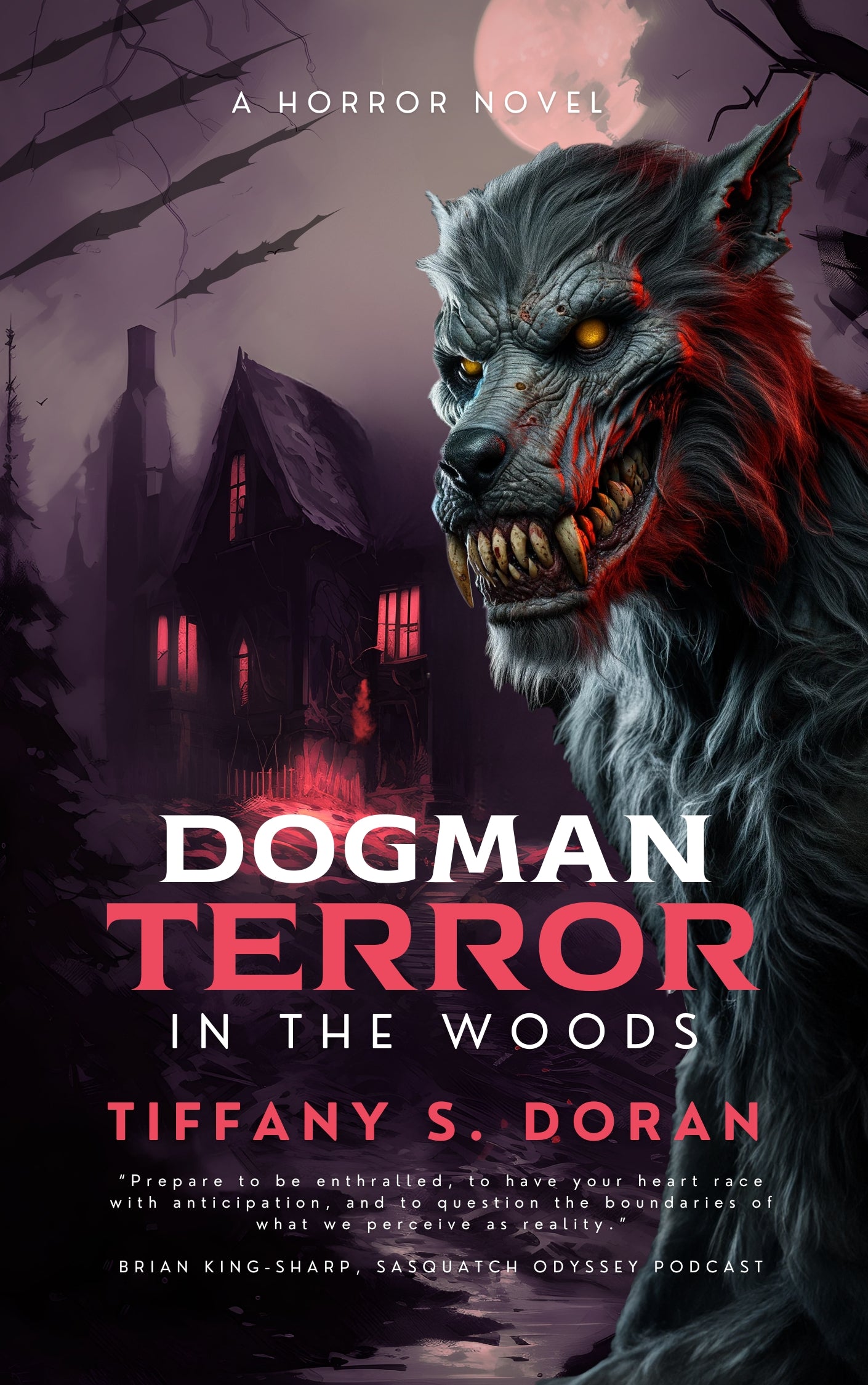UFO Radio Shows: From Art Bell's Late-Night Revolution to Today's Document-Driven Podcasts

By Elaine Westfield, Ufologist
I've spent years studying people who report extraordinary experiences, and one thing has become crystal clear: where you share your story matters. For millions of witnesses and researchers, UFO radio shows have been that safe harbor for decades. These programs created spaces where a rancher in Nevada could call in at 2 AM and describe strange lights without being laughed off the line.
The landscape has shifted dramatically since I first started tracking these communities. What began as crackling AM broadcasts from lonely desert studios has fragmented into a sprawling podcast ecosystem. Today, seven of the top ten search results for this topic point to podcast directories, not traditional radio stations. But understanding where we came from helps us appreciate where we're going.
When Radio First Made Us Believe in Aliens
The power of audio to shape our perception of extraterrestrial life was demonstrated before anyone had even coined the term UFO. On October 30, 1938, Orson Welles broadcast his infamous adaptation of War of the Worlds, complete with fake news bulletins describing Martian invasion. The Library of Congress archives document how listeners tuning in late genuinely believed they were hearing reports of an alien attack. This CBS Mercury Theatre production proved something profound: radio could make the impossible feel real.
Nine years later, pilot Kenneth Arnold spotted objects he described as moving "like a saucer would if you skipped it across water." Headline writers transformed this into "flying saucers," and a cultural phenomenon was born. The contemporary audio archives from 1957 show how rapidly this vocabulary entered public consciousness, with dedicated services created to distribute lectures and broadcasts about the subject.
Long John Nebel: The Pioneer Nobody Expected
Before there was Art Bell, there was a fast-talking former carnival pitchman who accidentally invented paranormal talk radio. Long John Nebel started hosting on WOR in New York during the 1950s, and his approach was genuinely unprecedented. As his biography notes, talk radio as we know it didn't exist yet. Nebel was navigating blind.
What made Nebel special wasn't his personal beliefs. He called himself a "curious skeptic." What made him revolutionary was his willingness to let guests speak. The Internet Archive preserves recordings showing how freewheeling and unpredictable his program could be, veering wildly from topic to topic. David Remnick once recalled tuning into Nebel's "believe-them-or-not stories" as formative listening experiences.
The Pictorial History of Radio suggests WOR never fully recovered its identity after Nebel's era, while radio historian Hilly Rose documented how Nebel's carnival background actually prepared him for the wild conversations ahead. By some estimates, up to 40,000 people attempted to call in during the final hours of his programs.
Art Bell Changed Everything
The 1990s belonged to one man broadcasting from his home studio in Pahrump, Nevada, a stone's throw from Area 51. Coast to Coast AM started as a political talk show in 1978, but Art Bell transformed it into something stranger and more compelling when he shifted focus to the paranormal in 1988.
At its peak, the show reached over 10 million weekly listeners across more than 500 stations. Bell established the blueprint that every alternative broadcaster would follow: long-form interviews, open phone lines, and a host willing to take callers seriously regardless of how wild their claims sounded.
Bell's Wikipedia entry chronicles how he stepped back from weekday hosting in 2003, with George Noory taking the reins. But Bell wasn't done experimenting. In 2013, he launched Dark Matter on SiriusXM, seeking what the press release called an "uncensored, unrestricted creative arena." That venture had its own turbulent history, with ownership disputes eventually sending the network into chaos.
The Legacy That Endures
Today, Coast to Coast AM continues on iHeartRadio, dealing with UFOs, strange occurrences, and unexplained phenomena. The show broadcasts live Monday through Sunday from 1-5 AM Eastern, maintaining its position as the most listened-to overnight radio program in America. Their mobile app gives subscribers access to 90 days of archived shows.
The program still tackles current developments. Episodes have covered everything from the Pentagon's AATIP UFO investigation to updates on the UAP Task Force and Daniel Sheehan's disclosure advocacy work. Their recent programming continues exploring UFO sightings and alien encounters alongside other paranormal topics.
Ground Zero: The Most Streamed Show You've Never Heard Of
Ground Zero with Clyde Lewis operates from AM 860 in Portland, Oregon, and its reach surprises most people. The program joined FM News 101 KXL in 2011 and consistently ranks number one in its market.
Here's what caught my attention: Ground Zero has been the most streamed show on TalkStreamLive for multiple consecutive years, and 2024 marked their fifth straight year at the top. That's not a fluke. That's an audience that keeps coming back.
The iHeartRadio listing describes the show as covering "the spectrum of the paranormal and parapolitical," syndicated through Talk Media Network. Lewis himself has appeared in Showtime specials, Discovery Channel documentaries, and publications from Rolling Stone to UFO Magazine. His theatrical approach to late-night talk creates something distinctly different from the Coast to Coast model.
The Paracast and the Rise of Podcast Communities
While terrestrial radio maintained its reach, The Paracast quietly built what it calls "the gold standard of paranormal radio" in podcast form. Host Gene Steinberg and rotating co-hosts bring a research-focused approach to UFOs, ghosts, and strange creatures.
What distinguishes The Paracast is its community infrastructure. Their forums host active discussions among researchers and experiencers. The show archives date back years, while Spotify listeners can access classic episodes featuring guests like Dr. Roger Leir discussing his UFO investigations.
Over 1,000 episodes now exist, with recent years featuring improved audio quality. Amazon Music hosts the show alongside other platforms, and Podurama notes the program's journey to worlds beyond conventional science. Guests like Charles Lear bring ongoing research perspectives to discussions.
Why Format Matters More Than You Think
After years of studying how experiencers process their encounters, I've noticed something about the shows they gravitate toward. The format shapes the experience as much as the content does.
Open-line call-in segments create something irreplaceable. When someone dials in and shares a sighting they've never told anyone about, they're not just informing an audience. They're releasing something. The community witnesses it. That's therapeutic in ways formal research settings can't replicate.
Document-focused shows serve a different purpose. When a host walks through a FOIA release page by page, skeptics pay attention. Mainstream journalists cite those segments. The credibility transfers.
The smartest programs blend both approaches. They use evidence-based deep dives to establish authority and earn media attention. They use open lines and listener submissions to build the kind of loyalty that keeps people subscribed for years.
International Voices Filling Gaps
American shows dominated this space for decades, but that's changing. Programs from the UK, Europe, and Latin America now provide perspectives rooted in their own histories and case files.
British shows often engage more directly with declassified government archives. Their Ministry of Defence released files that American researchers continue mining for insights. Latin American programs, particularly from Mexico and Brazil, blend ufology with spiritual and folkloric traditions that predate the modern UFO era.
These international voices remind us that whatever is happening in our skies, it's not an American phenomenon. Witnesses in São Paulo see the same types of objects as witnesses in Phoenix. The consistency across cultures tells us something important, though we haven't figured out what yet.
Evaluating What You Hear
I recommend a simple framework for anyone wading into this audio ecosystem. Ask three questions about any show you're considering:
- Do they source their claims? Programs that link directly to documents, name their sources, and acknowledge uncertainty earn more trust than those presenting everything as established fact.
- How do they handle errors? Every researcher makes mistakes. Shows that issue visible corrections demonstrate intellectual honesty. Those that quietly delete or ignore problems do not.
- What's their relationship with skepticism? The best programs regularly feature skeptical viewpoints or at least engage with counter-arguments. Echo chambers might feel comfortable, but they don't advance understanding.
These standards apply whether you're listening to a fifty-year-old AM giant or a podcast that launched last month. Quality transcends platform.
Where This All Goes Next
The convergence happening right now fascinates me. Official government acknowledgment of UAP as a legitimate topic has created a feedback loop with these audio programs. Congressional hearings reference claims first aired on podcasts. Hosts interview the same whistleblowers who later testify under oath.
We're watching the strange become mainstream in real time, and UFO radio shows serve as both archive and amplifier. They preserve witness accounts that might otherwise vanish. They translate complex government reports into accessible discussion. They connect isolated experiencers with communities who understand.
As someone who works with people processing extraordinary experiences, I can't overstate how valuable that last function is. Hearing another voice say "me too" changes everything. These shows have been providing that for nearly seventy years. Whatever technological form they take next, that core purpose will remain.
From Bigfoot to UFOs: Hangar 1 Publishing Has You Covered!
Explore Untold Stories: Venture into the world of UFOs, cryptids, Bigfoot, and beyond. Every story is a journey into the extraordinary.
Immersive Book Technology: Experience real videos, sights, and sounds within our books. Its not just reading; its an adventure.




